
Hurricanes and Construction Cranes - Look Out Below
[fa icon="calendar'] Dec 5, 2017 10:00:00 AM / by Kenneth R Quigley, PE
During Hurricane Wilma a tower crane at a high-rise condominium construction site in Hallendale, Florida suffered a collapse. The building, a 28 story concrete structure, is situated between the Atlantic Ocean and Route A1A, and was under construction at the time of the collapse. The crane was situated on the west side of the building and was connected to the building at the tenth and twentieth floors. The crane was over 300 feet tall. The crane broke at the twentieth floor; the top of the crane fell to the ground while the lower portion was damaged but remained attached to the building. CCA was requested to review the circumstances of the collapse of the crane and provide opinions as to the cause.
Man with Walnut Allergy Dies on Construction Site
[fa icon="calendar'] Nov 30, 2017 10:00:00 AM / by Clark Griffith, AIA
Alberta Occupational Health and Safety investigators are looking into the death of an Edmonton man with a nut allergy who died after visiting a work site where walnut shells were used to blast paint off walls.
Recently alternatives to sandblasting including the use of walnut shells, coconut shells and corn cobs have been widely used in the construction industry over the last decade.
Read More [fa icon="long-arrow-right"]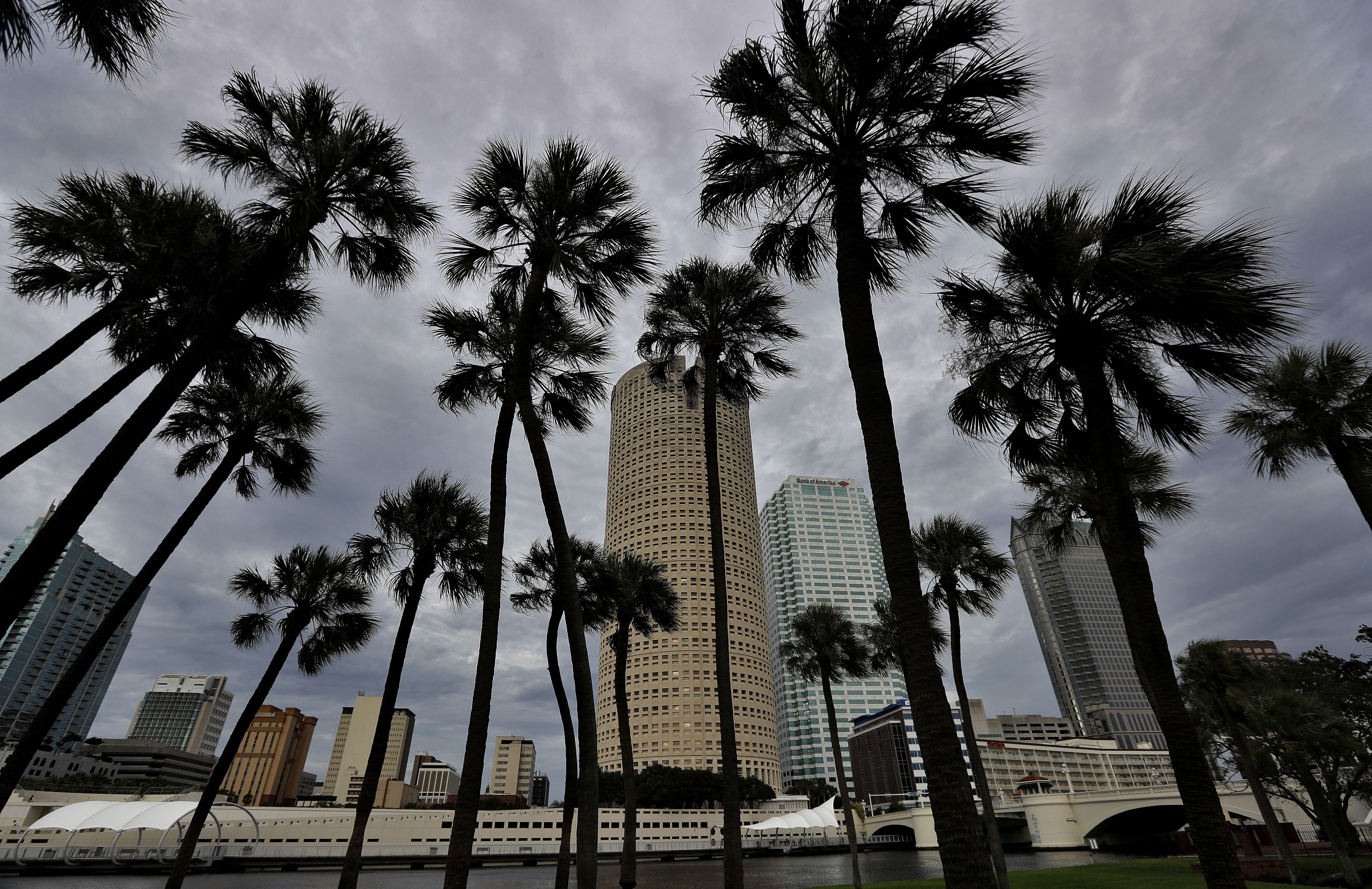
Stricter Building Codes Saved Florida’s Commercial Buildings from Irma’s Wrath
[fa icon="calendar'] Nov 28, 2017 10:00:00 AM / by Mark McGivern, CSI, Aff. M. ASCE
Hurricane Irma bore down hard on single-family homes, severely damaging many. At the end of September residential insurance claims had been cited around a half-million. The story, however is quite different for commercial and industrial buildings where insurance claims had been cited around 25,000.
This is mainly due to the stricter building codes that were put in place following the wrath of Hurricane Andrew in 1992. “Designed to withstand a Category 5 hurricane with winds of 175 mph, the Florida building code is the accepted benchmark for hurricane protection nationally.”
“Florida significantly strengthened its defenses after hits from past major hurricanes, and those improvements were instrumental in helping the state weather this potentially devastating storm,” Levy notes. “As a result, damage to Florida commercial real estate is relatively minor outside of the Keys.”
Read More [fa icon="long-arrow-right"]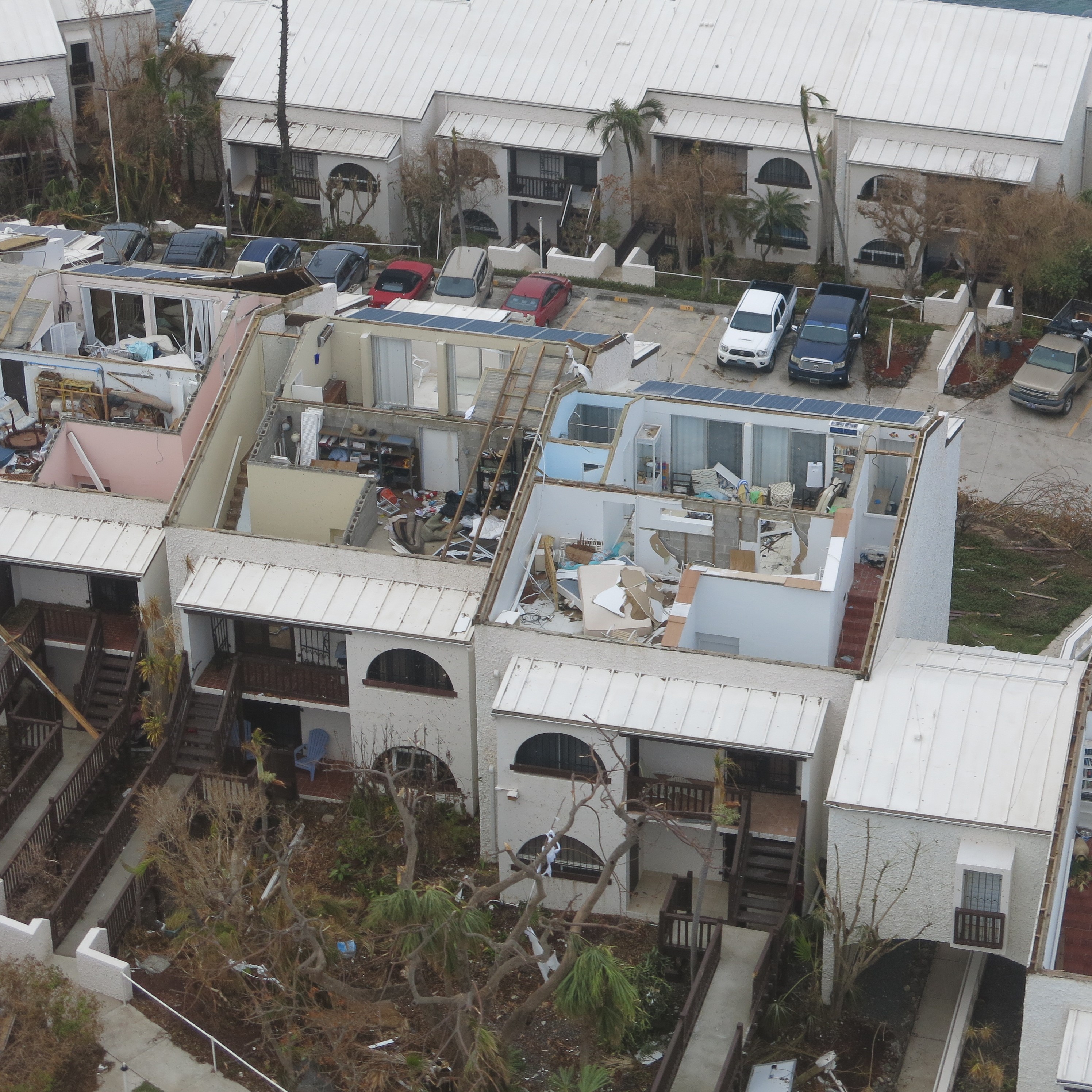
Hurricane Ties - Keeping the Lid On
[fa icon="calendar'] Nov 21, 2017 10:00:00 AM / by Kenneth R Quigley, PE
With the 2017 hurricane season coming to an end Harvey, Irma, Jose, and Maria affected large parts of the USA and Caribbean. Examples of roof uplift can be found in numerous structures. If a roof is not properly tied down the entire roof structure can be blown away as in this photograph from St. Thomas.
When hurricanes or high winds strike buildings the roofs can be sucked upward in the same manner as an airplane wing. In extreme cases the entire roof structure can get sucked off the building. Newer, hurricane-resistant structures incorporate hurricane ties - metal straps which attach the roof securely to the main part of the house below. Parts of the house are also tied together all of the way down to the foundation providing a path for the roof uplift forces all the way to the foundation. Without these ties, strong winds will make quick work of a roof.

Mold in walls after a hurricane or flooding
[fa icon="calendar'] Oct 19, 2017 4:00:00 PM / by Robert Pfeifer, AIA
Excessive growth of mold can destroy building materials and also cause health problems.
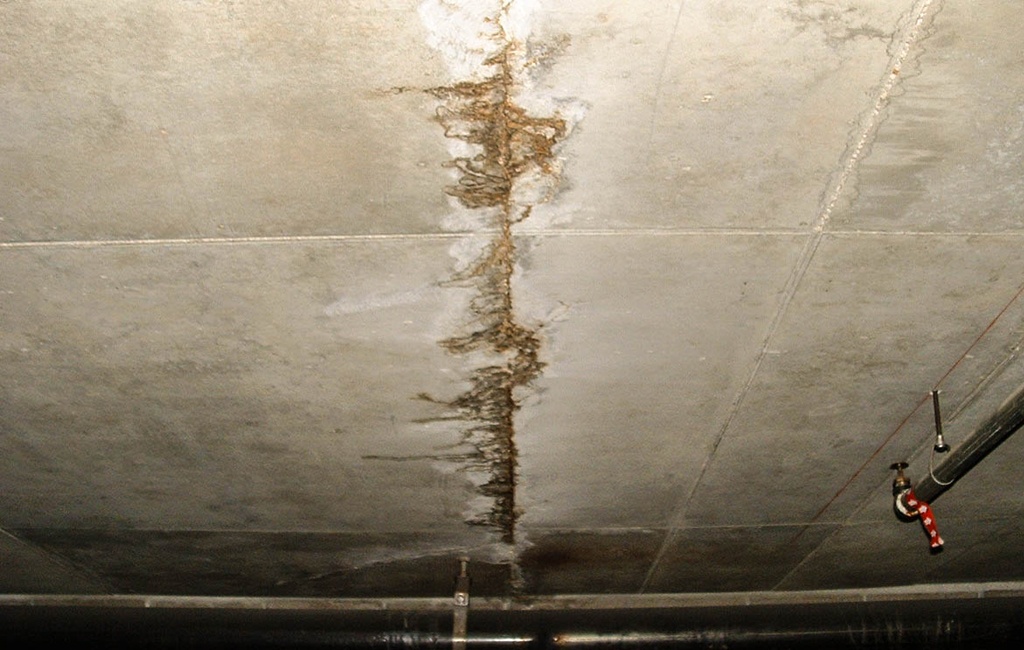
Water Damage During Construction
[fa icon="calendar'] Oct 11, 2017 3:55:00 PM / by Robert Pfeifer, AIA
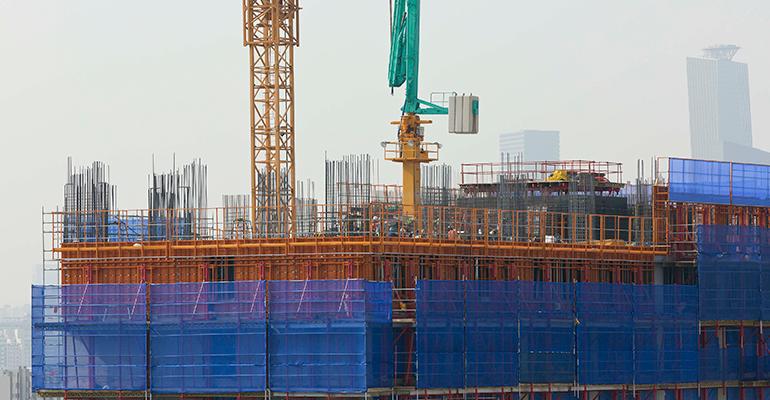
Increasing Demand for Hotels keeps Construction Boom Going
[fa icon="calendar'] Oct 5, 2017 10:50:00 AM / by Mark McGivern, CSI, Aff. M. ASCE
The hotel business continues to reach new heights with greater and greater demand for more occupancy. As such, developers continue to build and open new hotels across the country.
In fact, according to a recent article in National Real Estate Investor, the number of new hotel rooms planned for this year is up 9% as of the end of September.
Room demand is at an all time high. "The U.S. hotel industry - through August - has sold more rooms than ever before." This is mostly due to the U.S. economy being relatively strong: "Healthy corporate profits continue to create demand for business travel. And because unemployment is relatively low and the purchasing power of many families is strong, consumers continue to travel for leisure. The damage created by Hurricanes Harvey and Irma also inflated the demand for hotel rooms in Texas and Florida, as people whose homes were damaged needed to find other places to stay."
Continue reading full article here.
Read More [fa icon="long-arrow-right"]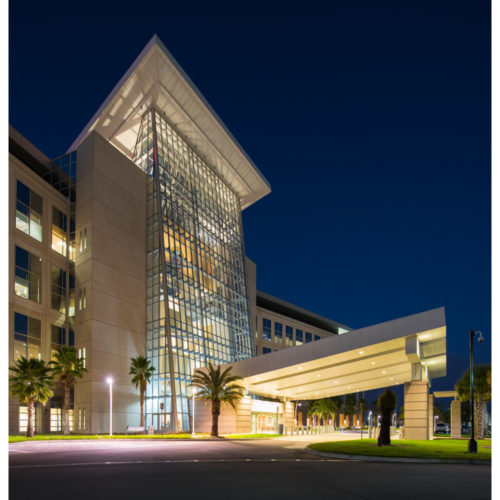
Using Metal Panels to Stand Up to Hurricanes
[fa icon="calendar'] Sep 18, 2017 2:00:00 PM / by Kenneth R Quigley, PE
In areas of the U.S. prone to being hit by hurricanes, like Florida, it is critical that buildings are constructed to stand up to the strength of storms.
Weather-resistant Metal Paneling is one application that is currently being used to withstand the potential damage caused by hurricanes.
According to a recent article in The Construction Specifier, Orlando Veteran Affairs Medical Center, located in a region with a 40% risk of encountering a hurricane, has installed more than 245,000 sf of weather-resistant metal walls, tested to withstand winds from a Category 3 hurricane
As stated in the article, the building features thermal efficiency, moisture control, and weather resistance suitable for the hurricane risk in Orlando, the panels are pressure-equalized along horizontal joints. Insulated metal vertical (IMV) joints are also employed, improving visual appeal by creating the illusion of an uninterrupted façade and minimizing both streaking and staining. All panels used are 22-gage and feature foamed-in-place cores to minimize gaps in insulation.
Continue reading full article here.
Read More [fa icon="long-arrow-right"]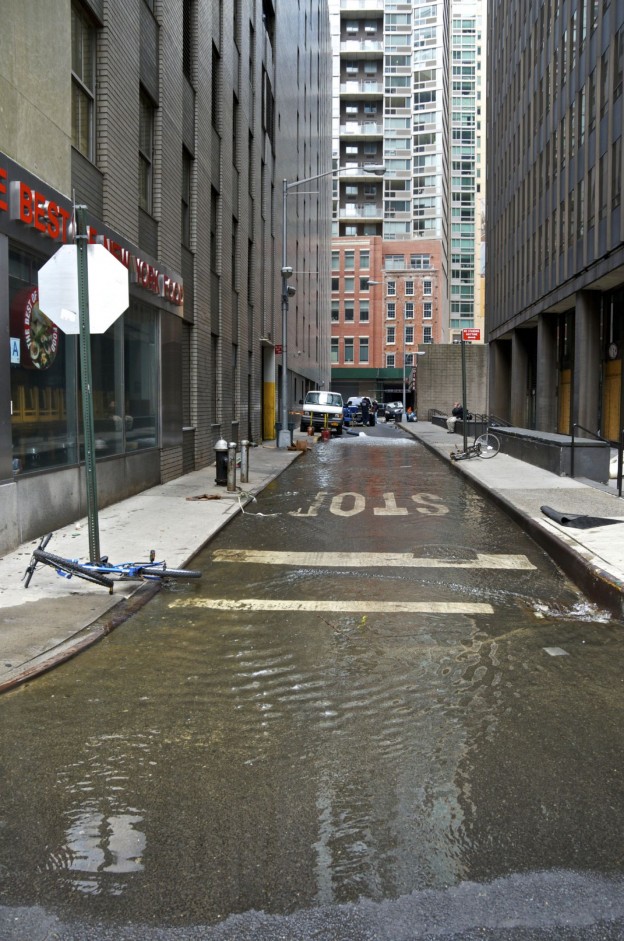
Protecting Infrastructures from Major Floods
[fa icon="calendar'] Sep 14, 2017 4:00:00 PM / by Kenneth R Quigley, PE
Flooding has dominated much of the news in recent years and this hurricane season it seems to be even more prevalent. The impact of this flooding is greater due to growing infrastructure and the rapid rate that new construction is going up.
Concrete is the modern world’s most commonly used building material however century-old concrete structures are outlasting modern concrete structures erected in the last 50-years. Why? One factor is the way in which the buildings are reinforced. According to a recent article in The Construction Specifier, instead of using solid stone, most U.S. infrastructure is constructed of reinforcing steel embedded within poured concrete. As the priorities of construction methods shift to increase productivity and streamline scheduling, long-term durability often takes a backseat.
The following article provides case studies about different reinforcement methods being employed to protect against major flooding. Read more.
Read More [fa icon="long-arrow-right"]
CCA adds Structural Engineer
[fa icon="calendar'] Sep 12, 2017 11:00:00 AM / by Mark McGivern, CSI, Aff. M. ASCE
CCA is pleased to welcome John O'Rourke, Structural Engineer
With deep expertise in residential, commercial, and industrial engineering, John O’Rourke has recently joined CCA’s New York City office as a Structural Engineer.
Mr. O’Rourke’s experience in the roles of Structural Engineer and Project Engineer have spanned across a multitude of residential, commercial, and industrial engineering projects. His direct experience is the result of working within engineering groups consisting of Civil, Structural, Architectural, Building Mechanical, Electrical and Process Piping Engineering Departments.
In addition to his background in engineering, Mr. O’Rouke has gained in depth design experience. His designs include: structural steel buildings, seismic design, shallow foundations, wood structures and buildings, and masonry. Additionally, he has provided special designs for retaining structures and avalanche shielding structures.

